Hollow Knight: Silksong (Switch): Mastery Required and Rewarded
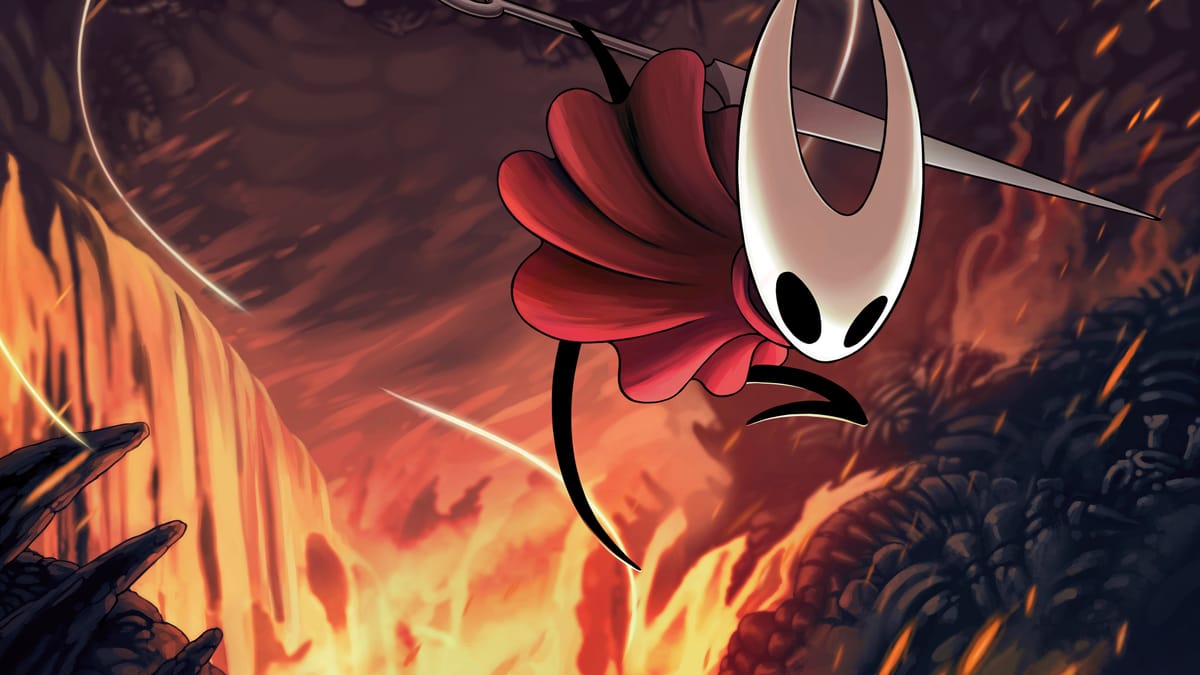
It was in one of the harder boss fights where Silksong finally clicked. Before this point, it was evident the game was great but – at this moment – everything fell into place in masterful fashion. It was a boss I really struggled with, hit my head against many many times but never reached a point of frustration. To lay the table a bit, Silksong is a 2D action platformer that takes after the 2D Metroid and Castlevania games (often called Metroidvanias, or search action). It also has elements that link it to From Software's Souls series: an upgrade currency that you lose upon death and a focus on challenging combat encounters. The bosses are the apex of this and the lesson that was finally pushed on this specific encounter was that the game demands mastery but that also the game is built in a way where mastery is both possible and deeply satisfying.
It's also worth noting that this particular boss followed maybe my lowest point in the game. They are the closing fixture of a difficult area that's very platforming heavy. It is this impressive climb upward but a key part of this game is a lack of guidance. You are placed into a world of interconnected areas and, though there is a critical path you can work out, you do have to divine what to really do and in what order. A large overhanging goal will put a waypoint on an uncovered part of your map, far away, and you just need to get to that. You do not even get area maps until you find an NPC that is in a unique place in each area, and then you have to buy a map from them. That's with a currency that you lose upon death and that you only get from defeating certain enemies (a big change from Hollow Knight where every enemy dropped the same resource). In the context of the area I'm talking about, this meant that me going through it meant uncovering an optional boss, getting stuck on a platform challenge to get what it turns out was an optional ability upgrade and then, by sheer force of repetition, finally getting to the top of this darn climb. An incredibly satisfying achievement that was rewarded with: a checkpoint and a fast travel station that I had to pay to unlock. Of course, you lose currency on death. You get a chance to get it back if you can get to where you died, and then attack a cocoon that drops your stuff (an improvement over the first game where you had to kill your ghost and your ghost would attack you). Because of the degree of challenge, though, you are going to fail to complete this run when retrying difficult segments and, surprise surprise, I reached the top of that climb flat broke. I had no choice but to just go back down.
It was utterly demoralising but that is because we are used to a certain reward cycle in games. You did the thing and therefore you get a treat for it, or you are given progress. Silksong doesn't reward you in such ways, the reward is doing the thing but the overall tenor of the game is that you just keep going until it is over. It is not going to hand you things or congratulate you. Progress is progress and it is earned. Once again, it demands mastery. Getting to the top of the climb is not enough because you could have done it perfectly and, if you did so, you would have all the currency you needed to just unlock the things you need to carry on. Admittedly, you could just carry on but that would mean an even longer, and absolutely ridiculous, repeatable section to do as, around the next corner, is some more tricky jumping and then the aforementioned boss. I could have prepared, though. The game gives you many tools for situations like this and one is that you can, in specific places, cash in your currency to secure it. For example, you can turn the 80 rosary beads (the money equivalent) that are in your wallet and turn them into a string of 60 that lives in your inventory. You would need to use that item to move the 60 to you wallet – and they would be lost if you died – but until that point they are safe. So, why not always have some of these in reserve? After this point, I always did so.
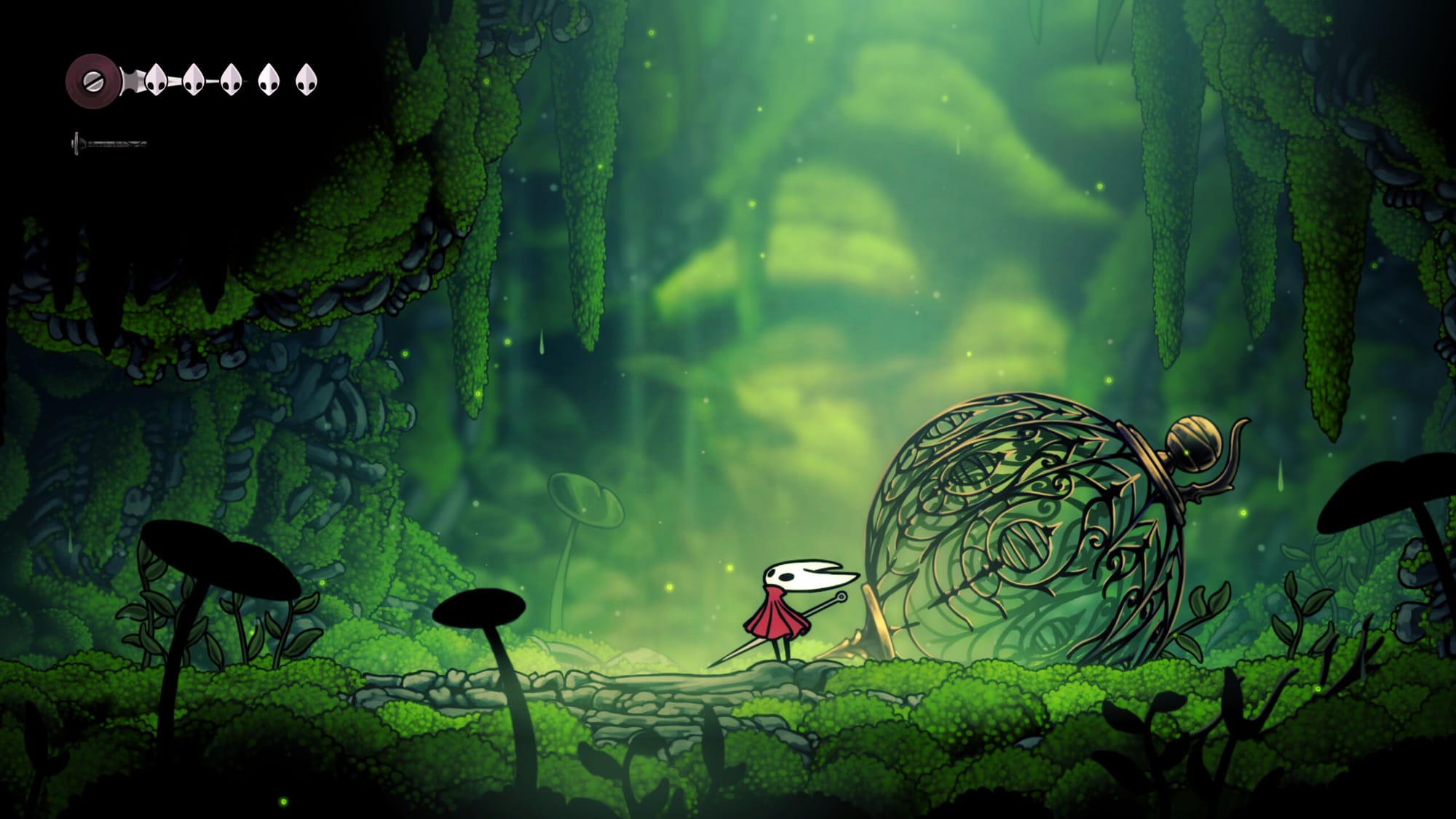
Here is the one actual issue I have with the game, though, even after meeting it on its own terms made me an apologist for all of its other rough edges. The currency system just is not well implemented. Only getting them from some enemies makes it unreliable and makes certain areas unfit. Other enemies, you see, drop a different resource that you can use for tools. Tools are an added feature to Silksong (they can be as basic as throwing knives and as complex as sending out little robot bugs to fight for you) that open up your possibilities throughout the game. Hollow Knight had a pin system, where items called pins gave you bonuses that let you create unique builds. Silksong isn't as obvious in this way, taking on a variety of upgrade items (tools being one) you can attach to whatever crest you are using. Crests are also new, this central item dictates your moveset and gives you a unique ability or feature. You find these throughout the game, usually after tough challenges, and then you have to use resources to unlock the upgrade slots on them. This is part of the central issue with resources in the game, as the crests are really different in how they alter how you play the game – and give a degree of flexibility that far surpasses the first game. But you upgrade them one at a time with a rare(ish) consumable, so you are disincentivised from creative or expressive play. I ultimately really liked the crest I used for most of the game but I also felt I was using it because I had sunk resources into it. Tools reflect this issue, also. They can transform the game but they rely on a currency that runs out and also have usage limits. It is a hat on a hat. Using something ten times per respawn is enough, it does not need to also pull from a pool of resources that you will then need to to farm. Again, this meant that I rarely took advantages of tools – and never really used them in bosses. You have to learn bosses, study their patterns and work out a strategy, I couldn't let my approach rely on using tools because I could run out and then I'd have to farm resources. So I ignored them. This is the same with the other currency; learning the mastery lesson was important but the answer was also repeatedly going to one area and doing a farming loop so that I could just have rosary strings on me. A rather boring solution that became an integral part of my playtime.
It is all worth it when it comes together, though, and in that boss it all came together. I pick this point because it is indicative of why the game is superb. I'll tackle a contentious point, first, though: the boss has a runback. Having to get back to a boss, rather than just fighting it again, can be an absolute pain. This goes back to expectation, and why I was shocked by not being rewarded or my climb earlier. In most games, progress is progress, you don't have to prove yourself again. In Silksong, progress is on the developer's terms and very defined. You do need to prove it, every time, that you can get to that boss – and this is true of most bosses. To mount a defence of this, this phase does become part of the boss and also gets you into the zone. If you are playing sloppily, and rushing, you won't be doing well on the boss. You have to lock in again, in a different way, to nail the runback and then tackle the boss. It actually gives you some nice breathing room that's not just bash against something repeatedly and thoughtlessly. You also will find ways to perfect the runback. I had the runback to this boss down to a T, and I knew that if I was messing up on the runback at all, I needed to properly concentrate: I wasn't in the zone. In this instance, I had a reprieve where I could focus on movement and get a bit of space between me and the fight and, when I got there, I would be ready. This is also the game reminding you that you have options. Almost all of the time you can go elsewhere so, checkpointing you further away, makes just leaving always a clear option. The penultimate boss of the standard ending doesn't have a real runback because, at that point, that's the only real way to go and if you've got to it you are ready for it. However, in that instance, I missed the runback and felt I was messing up more at the start of the fight because I didn't have that small space to breathe, that opportunity to think and reflect.
The boss where it clicked, though, was mainly that moment because of the fight itself. It is a visually impressive moment that is the conventional end of the game's first act (there are other ways around this) and it is a skill check for a reason. The narrative supports the moment being a challenge and, in general, the boss is a perfect distillation of the game's strength with these encounters. Your foe has a defined set of moves, they will do these in certain circumstances and you have to turn this to your advantage. You learn how you can manoeuvre around to force certain behaviours and you also learn a clear reply to everything the boss can do. In Silksong, you do feel lethal. You are very capable, the new protagonist (a boss from the first game), Hornet, is more agile and – to be honest – more savage. Encounters really push this, as you can make things roll over really quickly if you execute well, it's just that the room for error is so small. The threat has risen up to your capabilities and you need to prove yourself. In this fight, I was (after a few tries) at the point where I had a reply to everything, where if I got things right the boss couldn't touch me. I just had to execute. Each foe has clear telegraphs, the whole game is really readable, it is just that you have to show mastery. And that is why I kept playing, and why I didn't get frustrated. I knew I could do it and that if I messed up it was my fault. Because the game really punishes you for messing up, bosses (and a lot of enemies) deal double damage. This means even getting the first health upgrade of an extra heart won't help you against a boss encounter; it also means that you can end up dead very quickly. But you can also heal more easily now, your heal doesn't just renew one heart at a time, one heal renews three hearts (which is significant). You can also heal mid air and the animation holds you in place. Being hit during it interrupts it (but you can equip items that can change this); however, clever healing decisions allow you to dodge and heal at the same time. In Silksong, there are more opportunities for you to take damage than before but there are far more opportunities for you to get health back. It is this delightful dance of being on the cusp of death or at full power and it feels awesome, making extended encounters so dynamic.
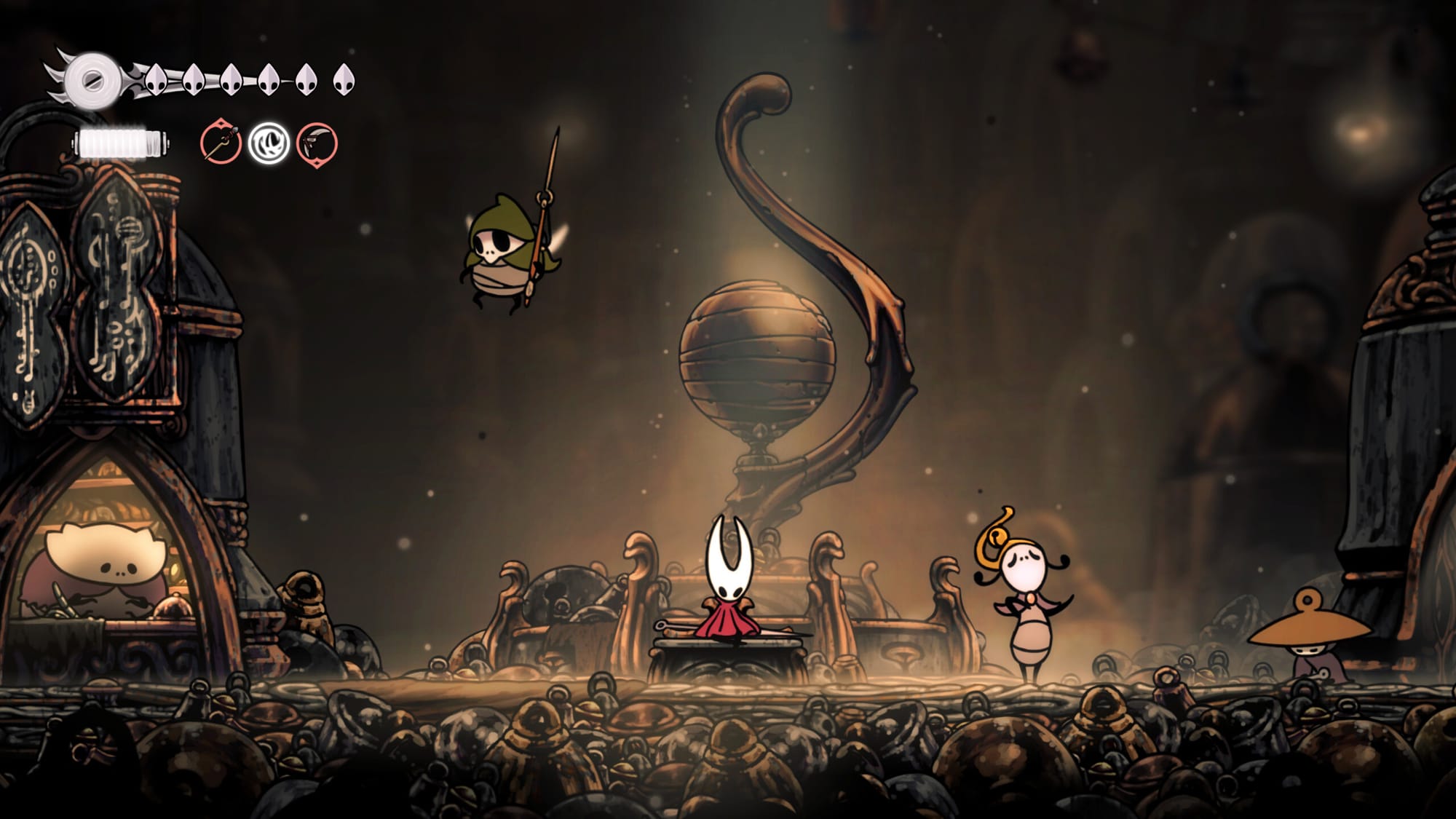
Outside of high intensity encounters, the game also shines. The world design is just superb. It is such a detailed and well realised game, with this amazing variety of environments that also feel like they cohere. The game is in stages – with a defined first and second act, and then a third act that set up the optional ending – and each part of the game has a unique identity. The whole game feels hostile but the lower sections of the map are hostile in this dank, hopeless way – while the upper elements have this sense of awe and sublimity. There are exceptions to this but there are no exceptions to how impressive the design is throughout. The game is just full of discovery and mystery that inherently rewards the whole way through. It is compulsive due to intrinsic feedback where finding anything new pushes you constantly forward. The way areas connect to each other is incredibly intelligent and, as you keep going, you keep being shown how intricate and smart the design is. It really is a treat to play in this space. Control wise, it is a tight as Hollow Knight but the movement options and new upgrades make it even better. Just moving around the space feels superb. There are two light downsides, though. One is that the game over relies on arena rooms: stages where the doors lock and you have to fight waves of enemies in a single screen. These are part of the mastery philosophy and are really engaging in that way, in that you will eventually just breeze your way through them because you've learned them. It just feels a touch like uninspired design. A lot of the enemies are fundamentally interesting because of how they relate to the level design around them, they become intentional obstacles in curated ways. Just chucking a bunch of them in a room and saying fight feels less intentional and more like artificial challenge, even when it is satisfying. Everything else also feels deeply motivated by story and lore whereas arena rooms just feel innately video gamey. Another element that feels like this is the added quest system.
Now you can complete little tasks for people, taking up quests from bulletin boards. Outside of this, every mechanic feels very earned and thought through – even basic game stuff like having a map and marking where you are – is narrativised and given a unique spin. A bunch of collection side quests feels unimaginative and overly gamey in an otherwise very fluid and transportive experience. The problem is, the postgame is ultimately tied to these missions, and a couple of points in the main game are also. This isn't well communicated and just feels like busywork. After a while, I only did the quests that seemed overly interesting or had clear rewards, and ignored a lot that were evidently filler. The problem is, if you want to see the actual ending, you have to do all the filler. Many of them aren't as bad as they same, it's just an inelegant implementation in a game that does everything else better, it's an approach that feels below it.
That being said, the game is still superlative. It is a real feat of design that delivers this uncompromising thrill that demands you meet it on its terms. Silksong isn't going to come towards you but if you are able to go to it, you will have a peerless experience. When you understand why things are the way they are, it blossoms and exists as a persistent object of awe. Hyperbolic stuff, certainly, but the impressively intentional design invites this kind of praise.


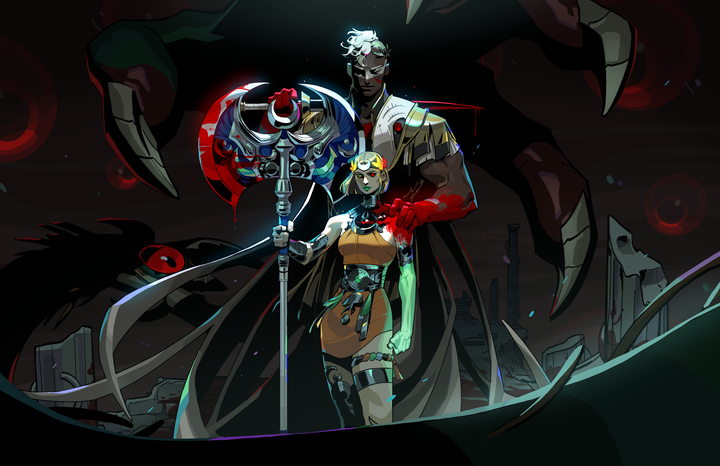
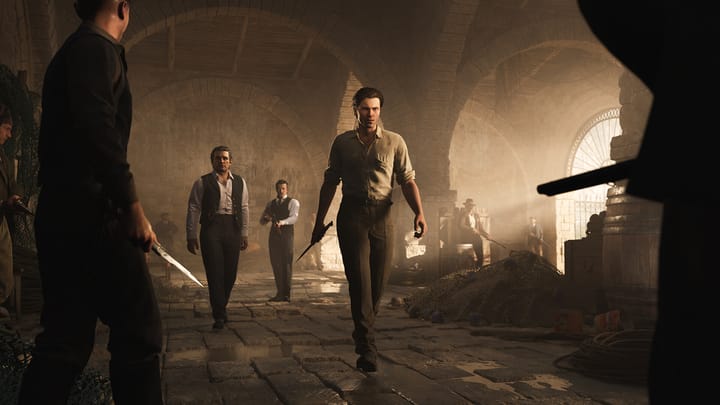

Comments ()